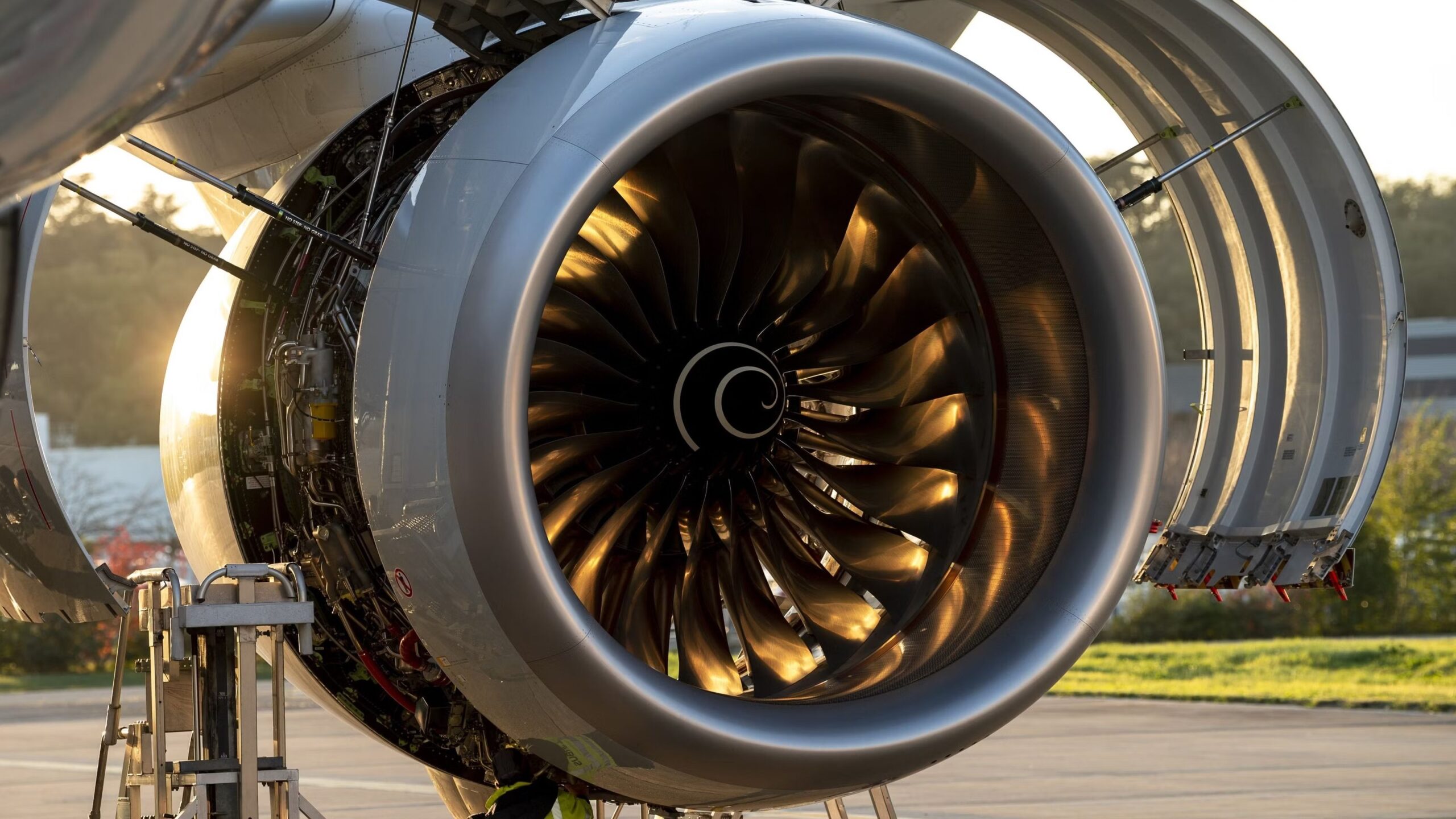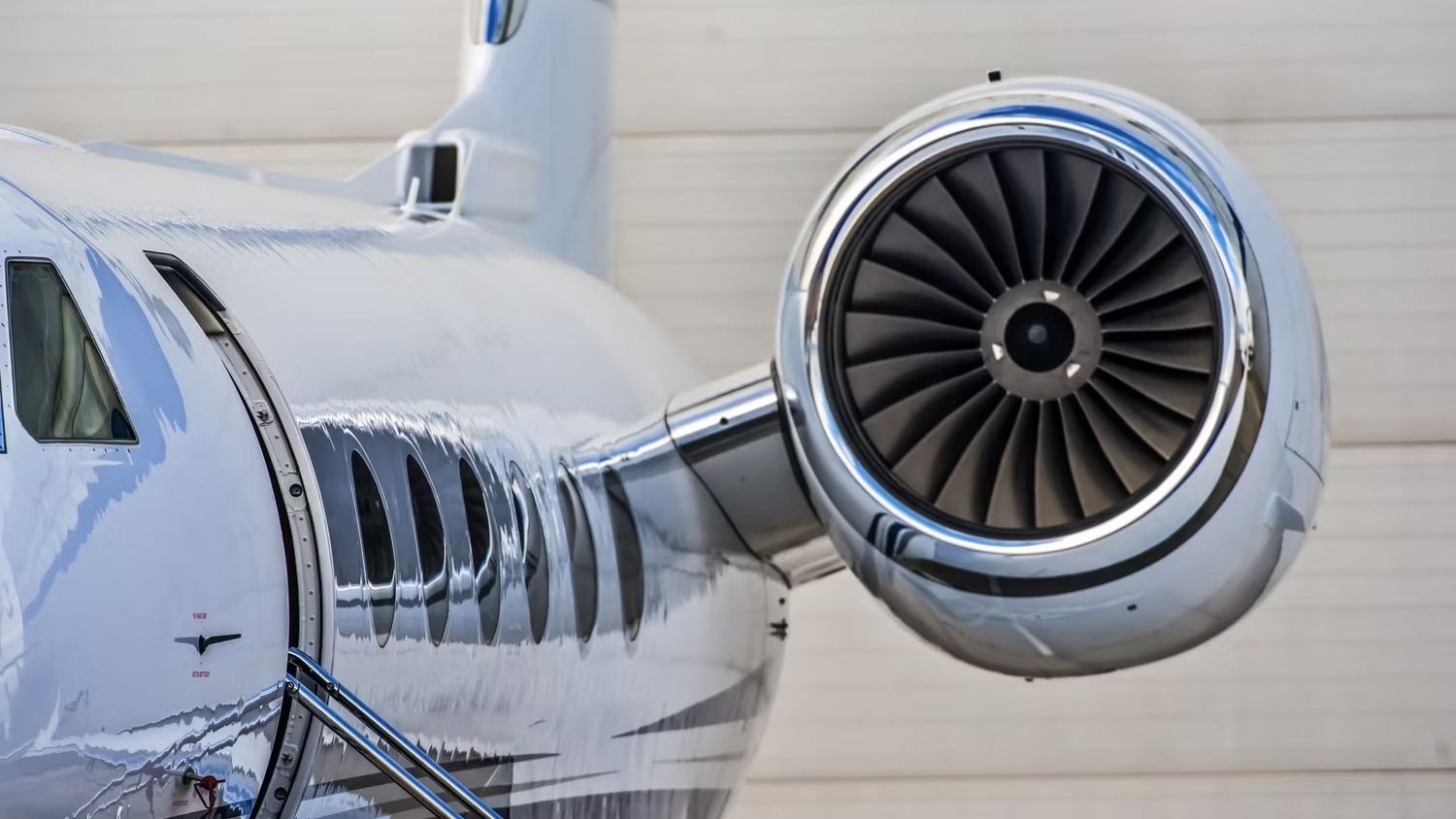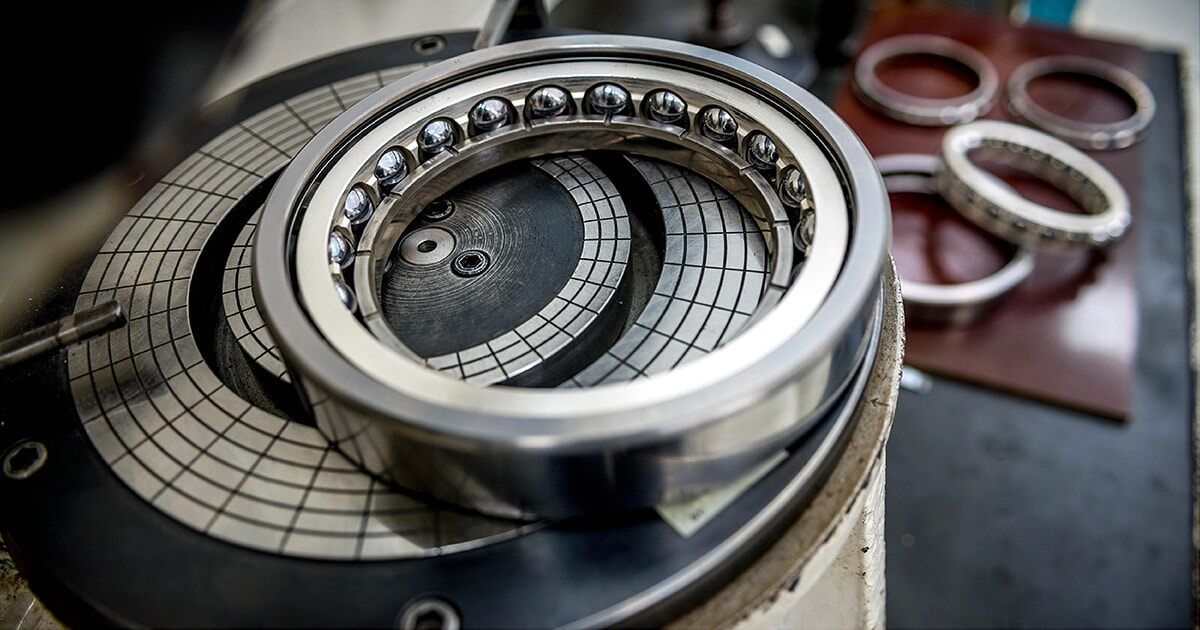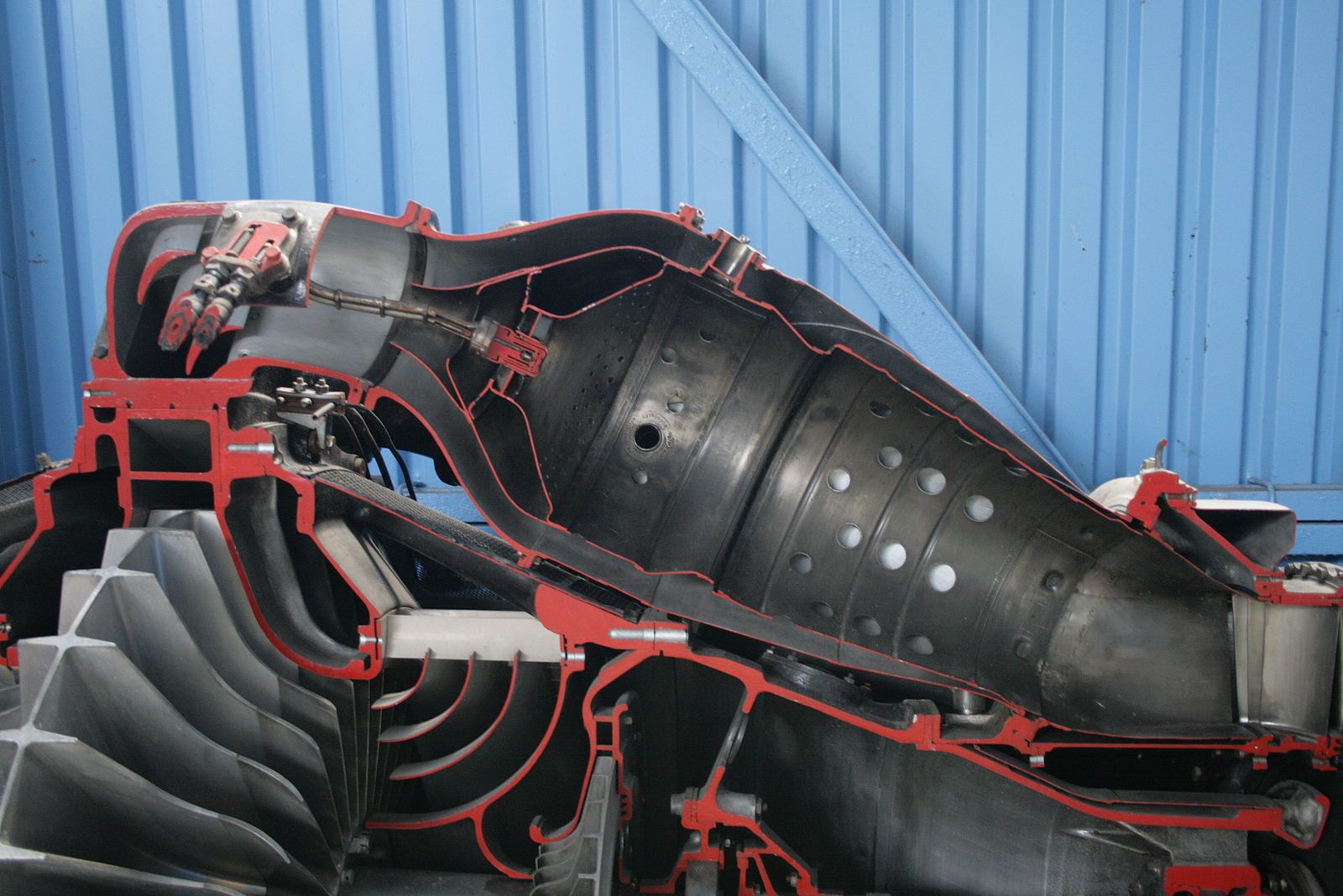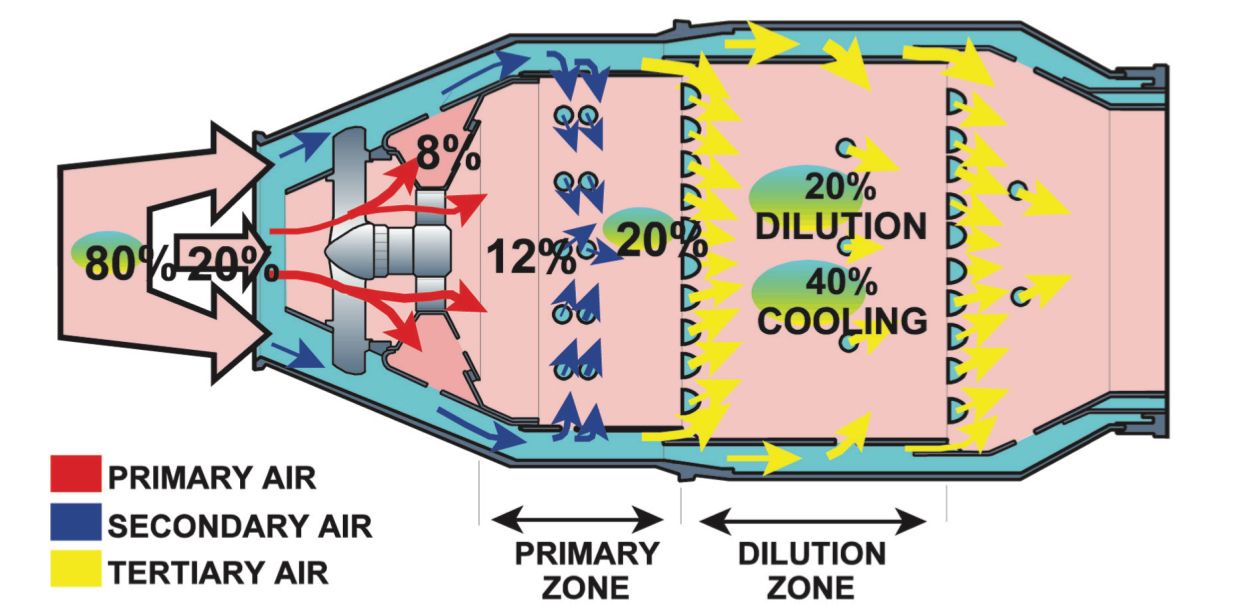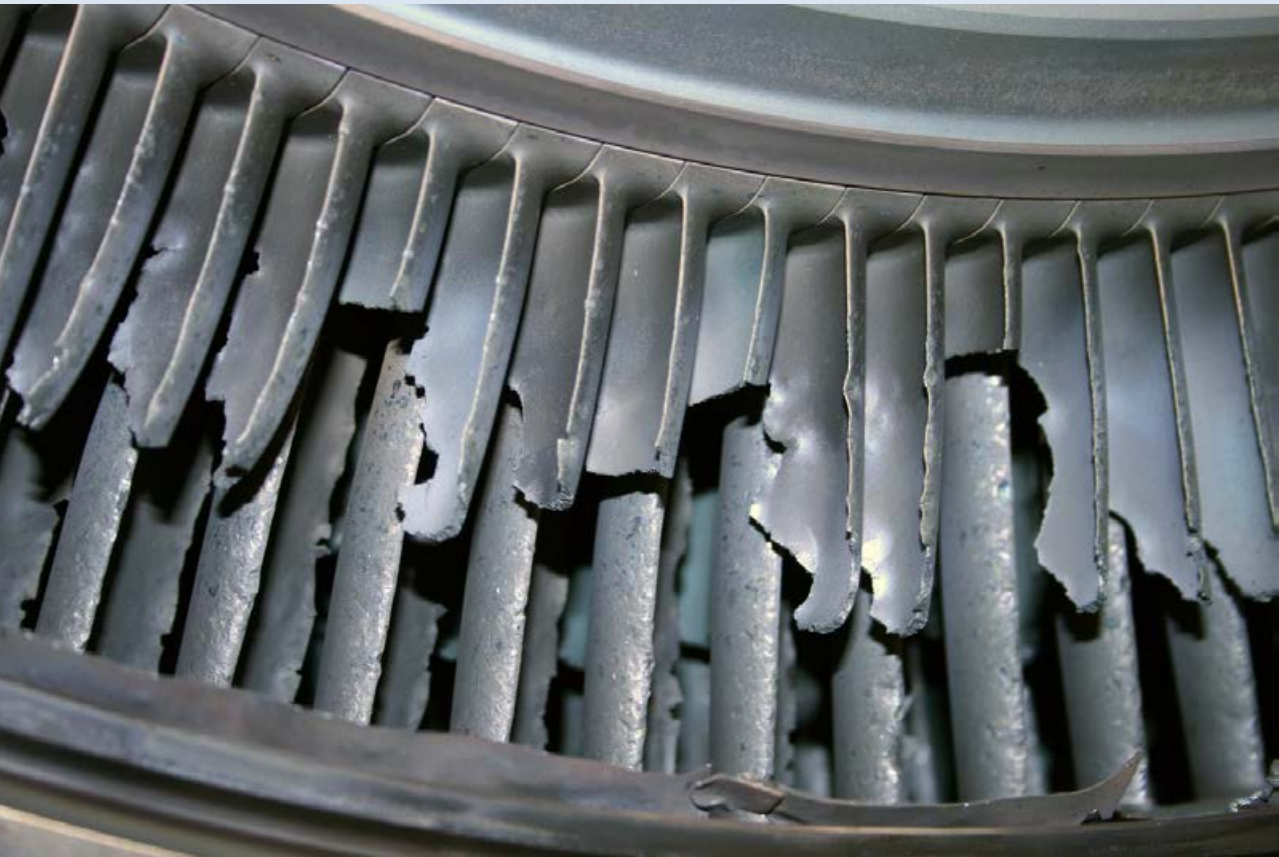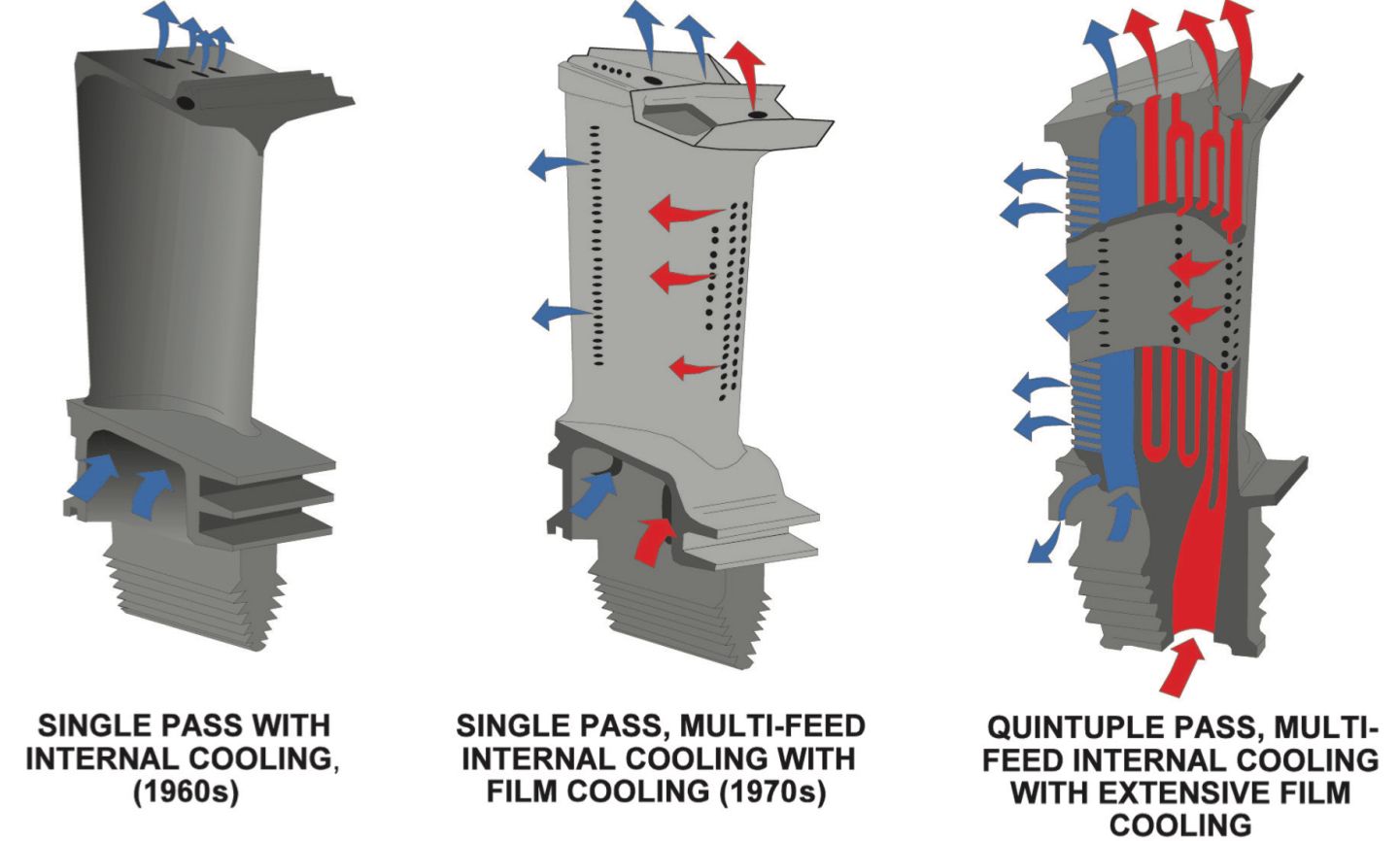Summary
- Modern jet engines run efficiently by controlling temperatures and using cooling mechanisms.
- Cooling mechanisms include oil systems, air routes, and multiple air stages during combustion.
- Turbine blades in jet engines are continuously cooled to prevent them from overheating or melting.
In recent years, jet engines have received significant technological advancements in terms of their design, in-flight performance, fuel efficiency, and reliability. With an ever-growing demand for more power, engines must run at very high speeds to achieve the desired thrust.
Modern jet engines are designed to run at high speeds while remaining highly efficient in all flight regimes. To achieve the desired fuel efficiency, the incoming air and fuel must be pressurized and heated at an optimum temperature for combustion. As a result of the combustion process, jet engines generate a lot of heat, particularly in the core and turbine sections.
Photo: Media_works | Shutterstock
Design mechanism of a jet engine
- Suck – The large fan sucks the air into the engine, providing large amounts of air to the low-pressure (LP) compressor
- Squeeze – The high-pressure (HP) compressor squeezes the air, gradually increasing the air pressure and temperature
- Burn – The compressed air is mixed with atomized fuel and ignited for combustion
- Blow – Hot gases transfer energy to the series of turbine blades, before exiting out from the exhaust
Manufacturers must establish specific mechanisms to control the internal engine temperature and prevent it from overheating. Control mechanisms are put in place, whether it is the strength of materials, the use of cooling lubricants, or passing secondary airflow on the outside of the turbines for passive cooling.
Multiple control mechanisms ensure that while the engine runs at optimum temperatures and is fuel efficient, internal components do not deteriorate due to overheating. This article focuses on some mechanisms used to keep jet engines cool.
How the oil system cools the engine
The oil system of a jet engine is not very dissimilar to the oil system of your car. Like your car, there is an oil tank and a pump that pumps oil around the engine. In a jet engine, the compressor and the turbines rotate on a shaft run by ball bearings. This reduces friction and makes construction easier.
An engine could move the air contained in a squash court in less than a second. The fan blades are designed to be hollow to keep them as lightweight as possible.
As these ball bearings carry huge loads, they can heat up and stress easily. So, to carry away the heat from the bearings, oil is routed through the ball-bearing chamber. The oil is first pumped from the reservoir or the tank to an oil filter. This filter ensures no carbon particles or other impurities get past it. From the filter, the oil goes from pressure feed lines into the bearing chambers.
Image: Oxford ATPL
The oil is then sprayed directly on the bearings by oil jets. This oil is then returned to the oil tank (after the cooling process) with the help of scavenging pumps. Before being passed into the tank, it goes through a fuel-cooled oil cooler (FCOC). In the FCOC, the fuel is passed through pipes over which the oil is passed. This process adds heat to the fuel and removes heat from the oil. It is a win-win situation because fuel needs heat while oil needs to be taken away.
Photo: Exxonmobil
How the combustion temperature is controlled
The chemically correct (stoichiometric) ratio to burning air and fuel mixture is 15:1. Burning at this ratio can generate heat exceeding 2000 degrees Celsius, which is far too high for the turbine blades. For this reason, the combustion is mechanically controlled to ensure the burn is at the correct temperature.
The high-pressure compressor of large turbofan engines, with its hundreds of blades rotate at a speed of about 10,000 rpm. By the end of the compressor the air has attained a temperature of almost 700°C. This temperature is precisely controlled to ensure an efficient combustion process.
In a jet engine combustion chamber, the air from the compressor stage is divided into three. One is called the Primary air, the second is called the Secondary air, and the third is called the Tertiary air. Out of these, only the primary air enters directly into the chamber for combustion. Interestingly, only 20% of the air from the compressor is this primary air. The primary air is mixed with fuel and burned at the stoichiometric ratio of 15:1.
The secondary air and the tertiary air are routed around the combustion chamber. The former is then slowly introduced into the combustion chamber through holes drilled into the casing of the chamber called secondary air holes. This reduces the burn’s temperature and increases the air molecules mixed with the fuel. The secondary air is also a mere 20% of the total airflow.
The secondary air also plays another critical role. It flows into the combustion chamber through swirling vanes, which helps it form a vortex. When this secondary air mixes with the primary air, a toroidal vortex forms, which anchors the flame near the fuel-injecting nozzles and prevents it from going away.
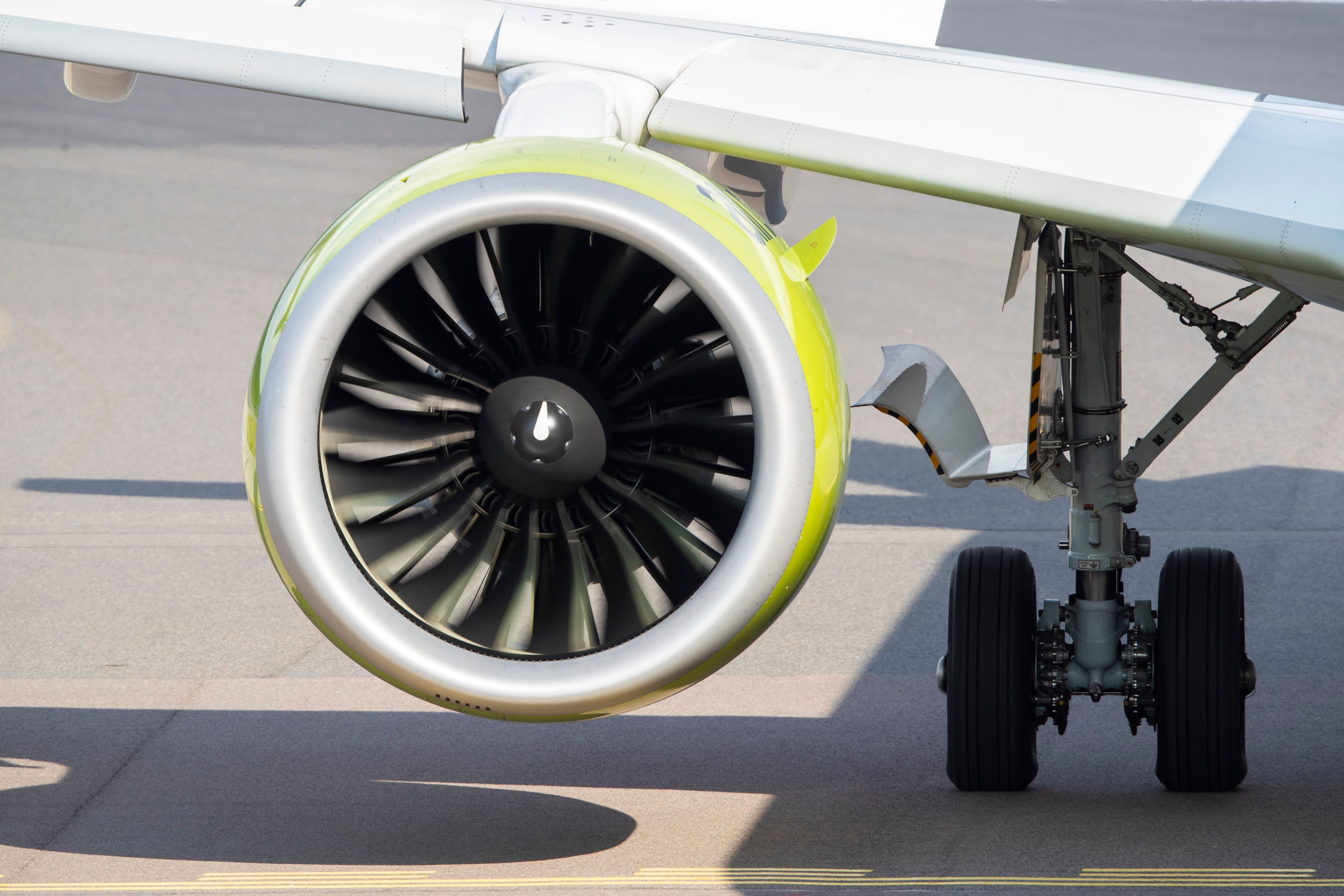
Related
How Do Jet Engines Work?
A brief overview of engine starting and power generation.
The rest of the airflow, which is the remaining 60%, is called the tertiary air. This air is also introduced into the combustion chamber to cool the burn further. It also cools the casing of the chamber. When the secondary and tertiary air are mixed with the primary air, the air and fuel mixture become very weak. By the end of combustion, the mixture is in the range of 100:1, a far fetch from the chemically correct mixture ratio of 15:1. This ensures that the temperature of the air that gets passed to the turbines is cool enough so that they do not get damaged and stressed.
Image: Oxford ATPL
How the turbine blades and the turbine assembly are cooled
As previously discussed, the turbine blades do not like heat. When subject to heat, they undergo ‘creep.’ A creep is a form of stress which expands the blade. When creep is allowed to develop, it can grow to the point where the blade can touch the engine casing, which can cause a catastrophic failure. So, the turbine blades and their assembly need a cooling system.
Because the air flows so rapidly out of the compressor, special tricks are required to maintain the combustion – it is easier to ignite a match in a storm.
According to Rolls-Royce,
“The hot gases from the combustor are conveyed through a series of turbine stages. Each one of them gains energy from the steady flow of gas, rather like a windmill. This energy is primarily used to drive the fan and compressor via shafts. The blades have to be extensively cooled to prevent them melting.”
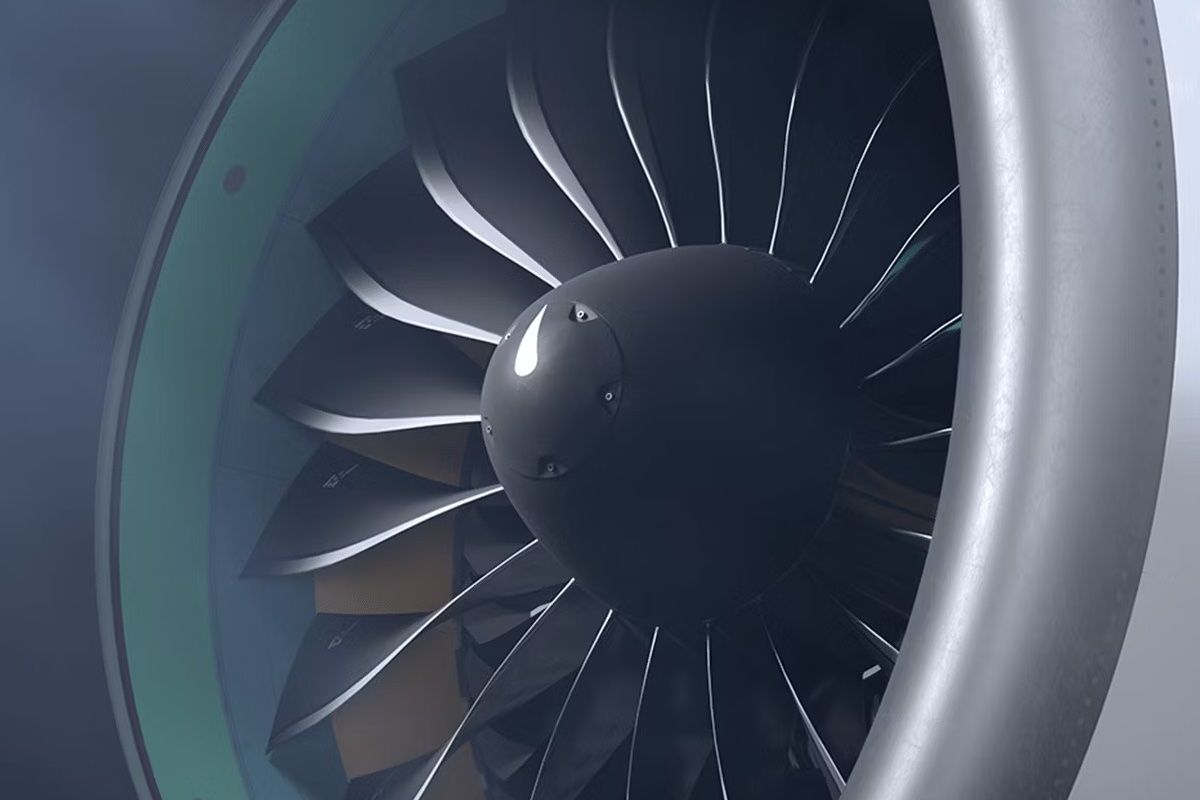
Related
GE, Rolls Royce, Pratt & Whitney: Who Rules The Engine Market?
Let’s take a look at the triumvirate of aircraft engine makers and how they compare to each other.
The hot air expands as it passes through the turbine stages, cools down and then leaves the jet nozzle at the back of the engine, thereby generating additional thrust. While this is going on the hot air from the core engine is mixed with the cold bypass flow around it. It is this combination that makes today’s modern engines so quiet and efficient.”
The turbine blades are cooled by engine bleed air. Air from the compressor stages of the engine is bled and fed to the blades to cool them. There are holes drilled in the blades through which the air is passed.
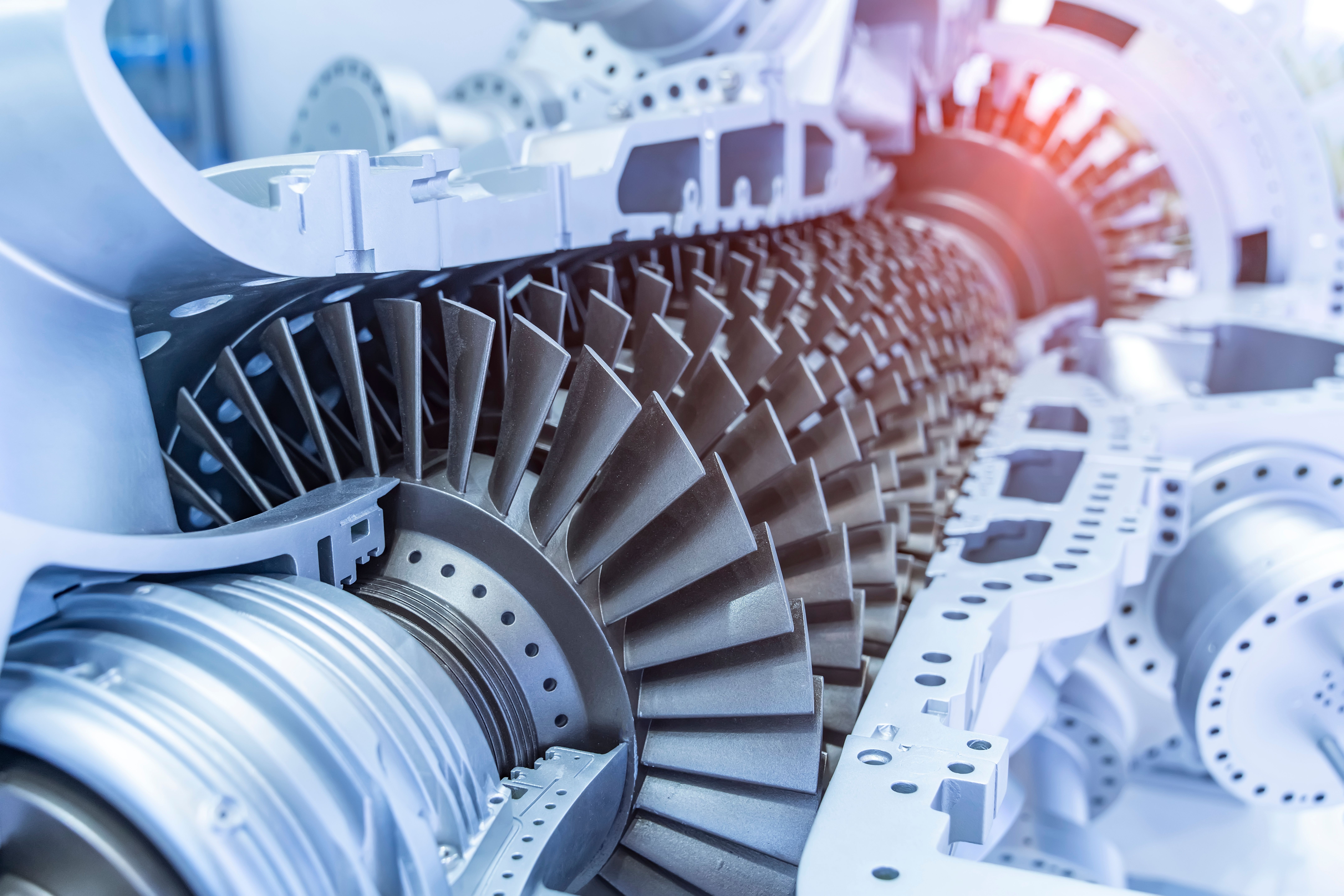
Related
How Is Incoming Air Routed Within Different Systems Of A Jet Engine?
The incoming air is characterized by various jet streams within the engine.
Only Low Pressure (LP) air is passed through the blades in early jet engines. This type of cooling is known as Single pass with Internal Cooling. As engines started to get bigger and the requirement for more thrust came about, turbine blades had to have the capacity to withstand it. So came about the Single pass Multi-Feed Internal Cooling with Film Cooling.
In this type of cooling, both LP and high-pressure (HP) air are passed through the blades, making the cooling more efficient. Also, in this type of cooling system, the holes are drilled strategically such that a film of air is coated around the blades. This forms a boundary layer that itself cools down the blade.
The turbine blades derive a huge amount of energy from the exhaust flow. Rolls-Royce states that every one of the 66 high-pressure turbine blades of a Trent 1000 engine (Boeing 787 Dreamliner) generates power equivalent to a Formula One racing car. The accelerated air reaches a speed of almost 1,500 km/h at the jet nozzle.
This type of cooling was pretty good, but it was further developed. Engineers discovered that passing air through the blade more than once could optimize the cooling. It was also realized that passing the air through the blade about five times could increase the cooling efficiency to a respectable level. So, it was decided to develop the Quintuple pass, Multi-Feed Internal Cooling with Extensive Film Cooling.
Photo: Oxford ATPL
In this system, HP air is passed through the blade four times, while the LP air is routed through it once. As in the previous type of cooling, the holes are drilled such that a film of air is blanketed around the blades, cooling the blades a lot more.
The turbine blades are attached to turbine discs, which also need cooling. The turbine discs are cooled similarly to the turbine blades by passing HP air.
The limitation of the turbine blades to withstand high temperatures is one of the reasons why there is a limit on jet engine thrust. One way to overcome this is to use afterburners used by military fighters. In an after-burning jet engine, the air and fuel are ignited in the exhaust or the jet pipe directly behind the turbine blades. The air from the turbines is burned in the jet pipe by mixing it with fuel and lighting it up using a set of burners. This gives the aircraft an extra boost of power.
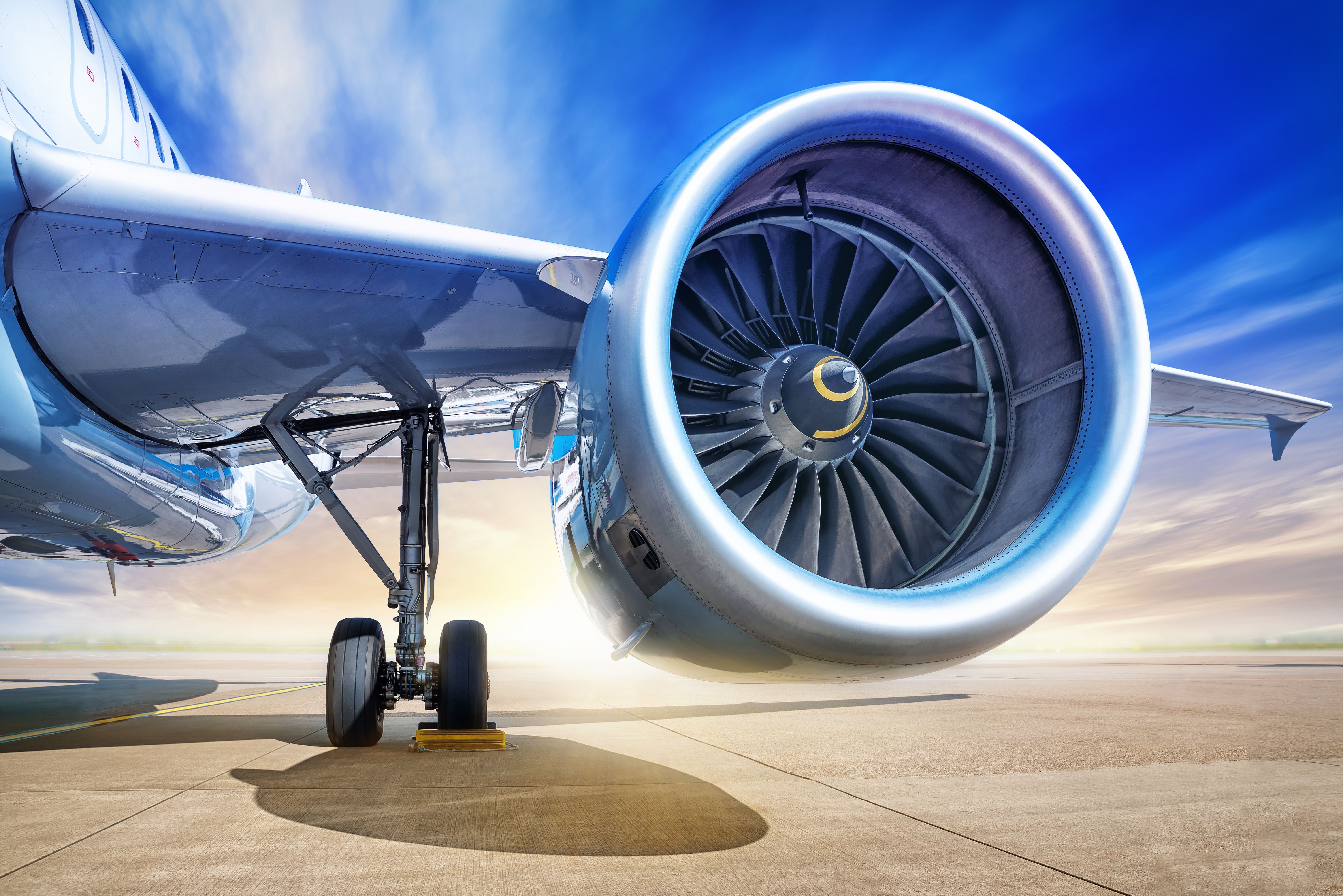
Related
How Do Jet Engine Startup Procedures Work?
A series of steps must be followed for an engine start up process.
What are your thoughts on the cooling mechanisms to prevent engine components from overheating? Share your opinion in the comments section.

